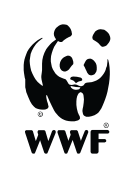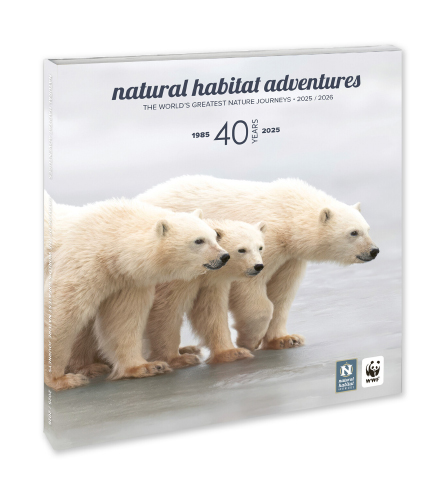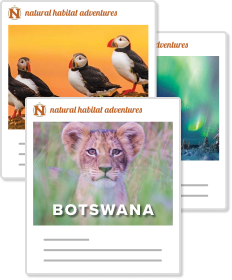Know Before You Go
Cockatoo Facts | Australia South Wildlife Guide
There are 21 types of parrot that belong to the family Cacatuidae, colloquially known as cockatoos. Endemic to Australasia, cockatoos inhabit a broad range of environments such as forests, mangroves, farmland and cities. This distribution diversity—in-part—gives rise to diet differences between cockatoos; some forage for a variety of flora and insects on the ground or in canopies, while others seek out a particular food source. For example, the smallest subspecies—the endangered glossy black cockatoo—feeds almost exclusively from the seeds of the drooping she-oak. Cockatoos do not hollow-out nests themselves; instead, they seek refuge in abandoned holes made by woodpeckers or termites. These birds are monogamous and will often revisit their cavity nests in consecutive years to reproduce.
Seven species of cockatoo are listed as vulnerable according to the IUCN, with the primary threats being habitat loss, culling to protect agriculture, the illegal wildlife trade and the exotic pet trade. Over half a million acres—nearly half of Kangaroo Island—was destroyed during the infamous bushfires that ravaged Australia beginning in December 2019. Often described as the Australian Galapagos, Kangaroo Island is home to the glossy black cockatoo, which has been pushed to the brink of extinction. Baudin's black cockatoo has disappeared from over 25 percent of its former range. With a frighteningly low reproductive rate—each pair produce one chick every two years—and a penchant for commercial fruit crops, numbers have reduced to 10,000 individuals. Tragically, two of southwest Australia's main agricultural products—apples and pears—attract hungry cockatoos that are shot, trapped and poisoned in retaliation by local orchardists. The endangered Carnaby’s cockatoo—the world's only other white-tailed black cockatoo—disappeared from over one-third of its former range between the 1970s and 1990s; now, they’re locally extinct in many regions of the central Wheatbelt and the entire population is believed to have halved.
WWF is working to protect cockatoos by encouraging Australian citizens to build nest boxes and plant food and roosting trees in their gardens. Two-thirds of Australia is privately managed rural land, thus landholders play an integral role in the conservation of biodiversity across the continent. Additionally, WWF partners with Murdoch University to track cockatoos through telemetry to advise future conservation efforts. To protect agriculture, WWF advises orchardists and farmers to use exclusion netting.
Visit Australia on These Adventures
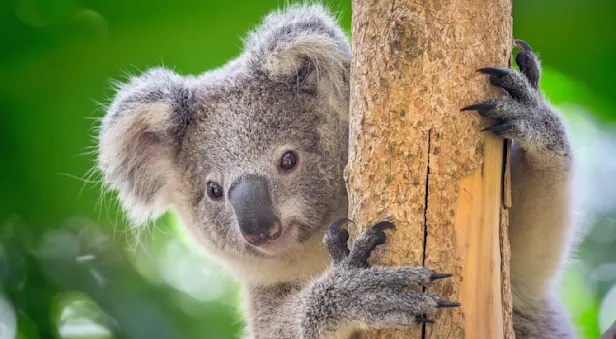
Australia South: Tasmania, Kangaroo Island & the Great Ocean Road
Discover the diverse landscapes and ecology of far-south Australia as we explore four national parks and a host of private nature reserves teeming with endemic and endangered wildlife.

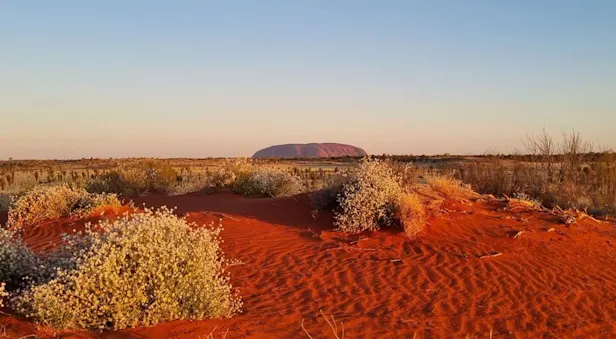
Australia North: Kakadu, Kimberley & the Outback
Journey to the back of beyond on this singular itinerary that connects three of Australia’s most remote tracts of untouched wilderness via private chartered flights—plus a luxury train trip on The Ghan.

